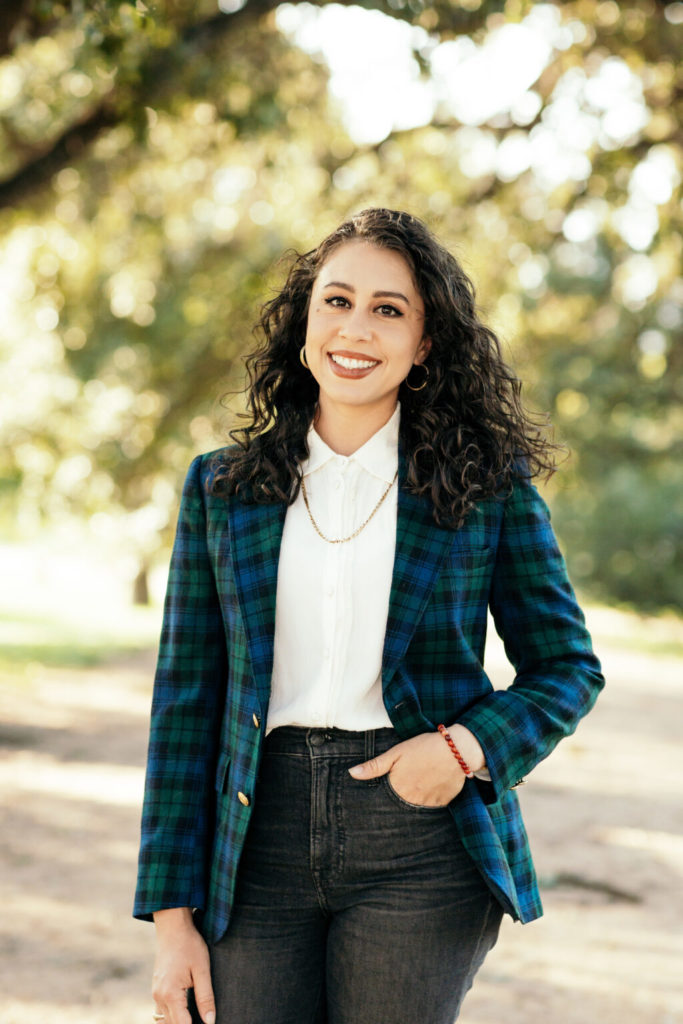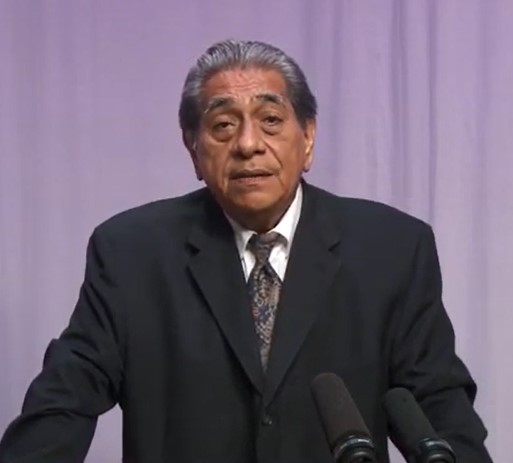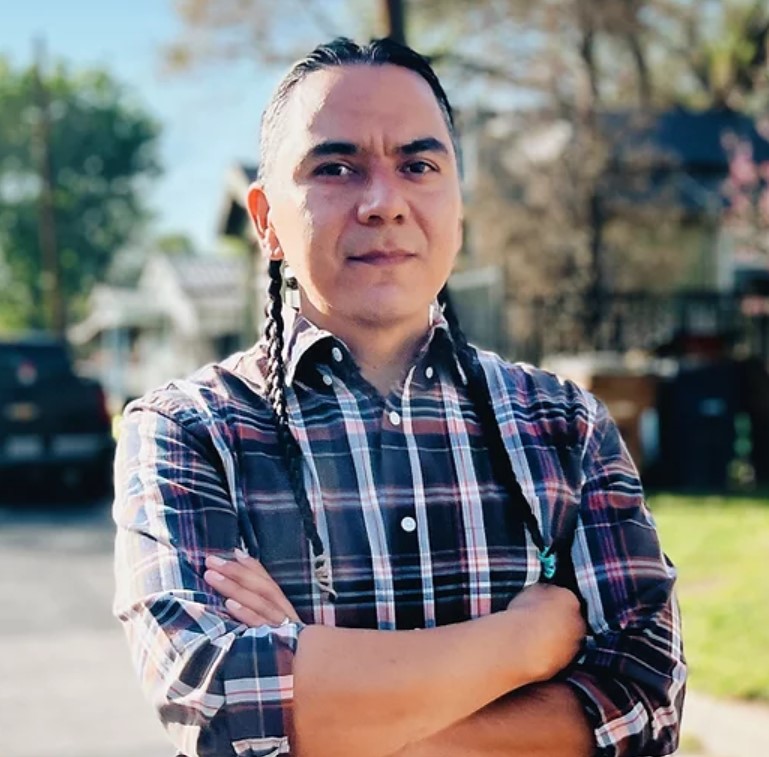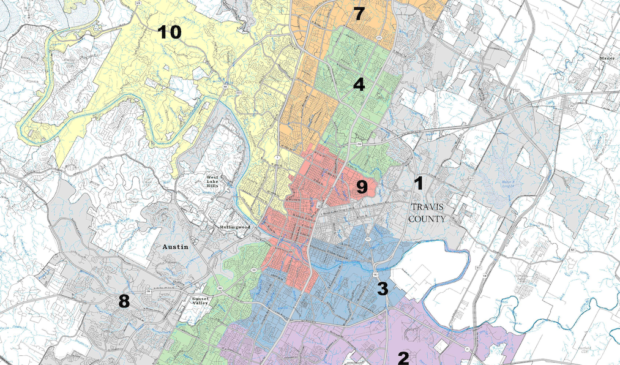District 3 Council candidates chat with the ‘Monitor’: Part I
Tuesday, October 18, 2022 by
Andrea Guzman Council Member Pio Renteria has served District 3 as a lifetime resident and community activist. After two terms, he’s stepping down. The candidates vying for his seat have taken on community engagement roles through education and local committees while others have budget ideas through backgrounds in sales and accounting.
It’s a crowded race with six candidates. Top of mind for many are affordability issues, and the candidates also shared the approaches they’d take on policing, housing and climate.

Photo by Daniela Silva for District 3.
Daniela Silva got an inkling that she’d like to put roots in Austin while interning in the state senate in 2013. After earning a master’s from Texas A&M, she came to the capital and started volunteering with the Austin Justice Coalition, Community First! Village and others.
Now, Silva is vying to be the first Latina to represent District 3. She noted that she’s also the daughter of an immigrant, openly queer and a working-class renter. All of these things, she says, are important to inform how policy is shaped in the coming years.
“I think it matters now more than ever that we have progressive, equity minded women in positions of leadership that can help protect the citizens of Austin from what’s going on on a state level,” Silva said.
Her top issues are housing, health-related infrastructure and environmental justice. But she’s aware of possible roadblocks and has been careful about making promises she can’t keep.
Instead, she’s thrown her support behind matters like VMU2, exploring the creation of a new hospital to serve Southeast Austin and protecting and expanding green space.
“What I can promise is that I will always lead with my values, and I firmly believe in radical communication and transparency. And so that is what I will do,” Silva tells the Austin Monitor. “I try and be as accessible of a campaigner as possible. And that will also translate into my office and trying to be as accessible a City Council person as possible.”

Photo via ATXN.
Gavino Fernandez is an AISD graduate who worked for the Parks and Recreation Department and served as chief of staff for Travis County Commissioner Marcos De Leon in the early ’90s.
“Growing up in District 3, I have enjoyed the cultural richness of the district and what it is composed of and would never want to move from this area,” Fernandez said.
His attention to budgets and policy helped shape his own ideas, which involve addressing growth and surging property taxes.
“Any time there’s a major government project or private development in District 3, we’re looking at displacement,” Fernandez told the Monitor. “It’s just another heavy challenge for us that still live here and are going through this wave of gentrification.”
On transportation issues, he’s against the I-35 expansion plan that’s now in its design phase and says he’s been meeting with consulting firms that are advising Capital Metro on Project Connect’s anti-displacement efforts. While in favor of the transit system expansion, he finds it necessary to carry on with dialogue as work on it progresses so that upward mobility for potentially affected areas isn’t stunted.
“I have stressed to them that land owners, especially small businesses, be provided the economic opportunity to stay by assisting them with loans and those types of tools.”

Photo by Noé for District 3.
José Noé Elías is on the Austin Community Development Commission, the Project Connect community advisory committee and has taught second grade at Linder Elementary for 11 years. His experience working with dual language students, some of whom are from other countries, has helped shape his ideas for the community.
“My students, a lot of them are, if we really think about it, climate refugees,” Elias told the Monitor. “As we know, poor people, people of color, bear the brunt of these climate disasters.”
Elias feels affordability is a major stressor for these students, and for others in the district. He would like to address it by helping people remain in their homes through rental assistance or even creating a community land trust.
“A lot of our naturally affordable housing is older housing, as far as apartments are dilapidated, and the cheaper homes are older homes,” Elias said. “So we could do that, rehab houses to make them energy efficient, and I think that would hit both of those things, the housing and the climate issue.”
He sees a way to accomplish that by using money from the housing bond. Four years ago, Austinites approved the $250 million bond, and 90 percent of that money will be spent by the end of this fiscal year. Now, a $350 affordable housing bond is on the ballot this November and would be the largest in the city’s history if passed.
Elias finds that his approach of knocking on doors and listening to community members is one of his strengths. “I make a point of, rather than spending time mingling with donors, or whatever it might be, I talk to people because I think that’s the way it should be.”
The Austin Monitor’s work is made possible by donations from the community. Though our reporting covers donors from time to time, we are careful to keep business and editorial efforts separate while maintaining transparency. A complete list of donors is available here, and our code of ethics is explained here.
You're a community leader
And we’re honored you look to us for serious, in-depth news. You know a strong community needs local and dedicated watchdog reporting. We’re here for you and that won’t change. Now will you take the powerful next step and support our nonprofit news organization?













